Mu-Conotoxin CAS:936616-33-0
The use of Mu-Conotoxin in pharmacological applications is primarily focused on its potential as an analgesic agent. Here's how it may be utilized: Research and Development: Mu-Conotoxin serves as a subject of extensive research and development within the pharmaceutical industry. Scientists are exploring ways to isolate, synthesize, and modify the properties of this peptide to create new analgesic drugs that target specific pain pathways without causing widespread side effects. Pain Management: Due to its ability to selectively block certain voltage-gated ion channels involved in transmitting pain signals, Mu-Conotoxin holds promise for managing chronic and neuropathic pain conditions. Studies have shown that it may offer effective pain relief with reduced risk of addiction or dependence compared to traditional opioid-based medications. Clinical Trials: In clinical settings, Mu-Conotoxin-derived drug candidates may undergo rigorous testing to assess their safety and efficacy in alleviating various types of pain. These trials aim to establish appropriate dosages, evaluate potential side effects, and determine the overall therapeutic benefits of these compounds. Potential Therapeutic Applications: Beyond pain management, Mu-Conotoxin's unique mechanism of action makes it a candidate for treating other neurological conditions, such as epilepsy and certain movement disorders. Additionally, ongoing research explores its potential in addressing substance abuse disorders and psychiatric conditions. Future Medical Innovations: Continued exploration of Mu-Conotoxin and its derivatives may lead to the development of advanced analgesics, providing healthcare professionals with new tools to address pain in diverse patient populations. It also offers prospects for personalized medicine by targeting specific pain pathways tailored to individual patient needs. As with any pharmaceutical product, the use of Mu-Conotoxin or its derivatives in clinical or medical settings should be conducted under the guidance of qualified healthcare professionals. Research into this promising peptide continues to advance, potentially opening new avenues for pain management and neurological therapeutics in the future.



| Composition | C92H139N35O28S6 |
| Assay | 99% |
| Appearance | white powder |
| CAS No. | 936616-33-0 |
| Packing | Small and bulk |
| Shelf Life | 2 years |
| Storage | Store in cool and dry area |
| Certification | ISO. |


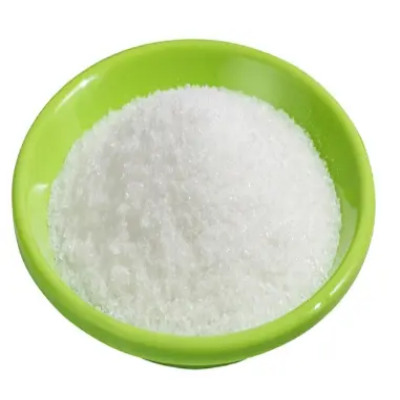

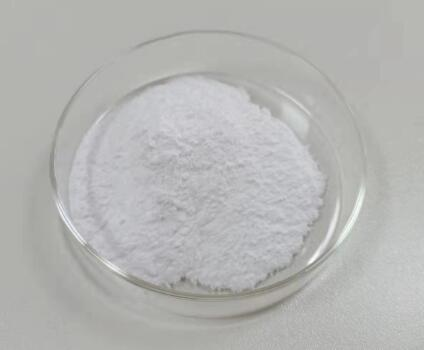
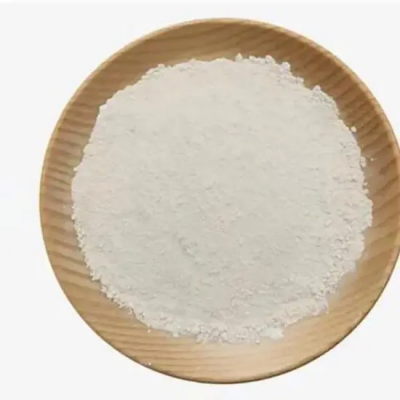
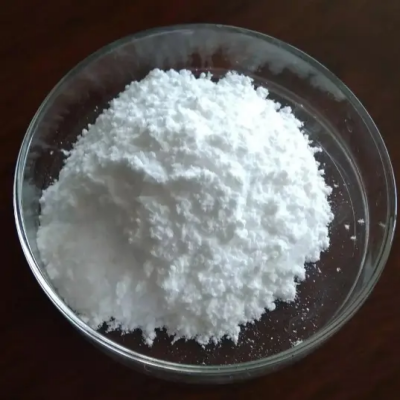
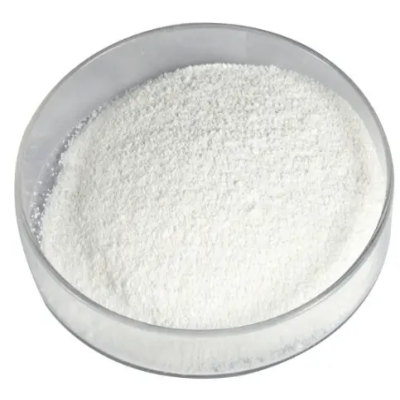
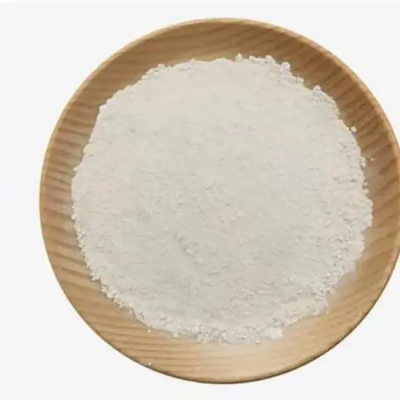
![2-[2-(2-Fluorophenyl)-2-oxoethyl]propanedinitrile CAS:312307-38-3](https://cdn.globalso.com/xindaobiotech/14Z4YR3PJ6@V5_YM320.png)